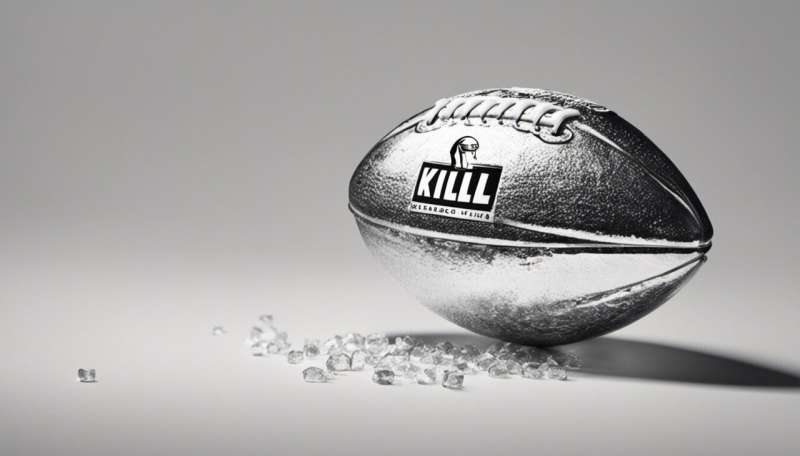3Qs: Analyzing the super bowl ads

Super Bowl XLVI drew hundreds of millions of viewers in the U.S. and around the world, so it’s no surprise that advertisers doled out some $3.5 million per 30-second spot to showcase their goods and services. Northeastern University news office asked marketing professor Scott Swain in the College of Business Administration to explain what makes a Super Bowl advertisement successful.
What have been some of the most successful Super Bowl ads/campaigns to date? What made them successful?
There are different ways to define success. Ads that are popular with consumers because they are funny or entertaining often fail to deliver a unique and memorable brand message. It is interesting to think about what an “all time” list of Super Bowl ads might look like. Advertisers have different objectives and the cultural context that the ads are drawing on for their meanings change over time. That being said, there have been a number of Super Bowl ads that seem to have resonated particularly well with audiences at the time they aired. A few that come to mind are the “Mean Joe Green” ad for Coca Cola in 1980, Apple’s “1984” ad, the Bird and Jordan “Showdown” ad for McDonald’s in 1993, Monster.com’s “When I Grow Up” ad in 1999, Budweiser’s “Respect” ad in 2002, Reebok’s “Terry Tate” ad in 2003 and perhaps last year’s Volkswagen’s “The Force” ad with little Darth Vader.
It seems that more and more companies are hyping up — and leaking — their commercials before the game. At $3.5 million dollars per spot, what can advertisers do to extend the life of their ads to obtain the most value?
There is no doubt that new technologies and social media have dramatically changed the way advertisers think about designing and leveraging Super Bowl ads. Advertisers, for example, are looking for ways to get consumers engaged before the Super Bowl in different ways. An extreme example is the Doritos competition, where consumers submit homemade commercials and the winner gets their ad shown during the Super Bowl. More generally, consumers have unprecedented control over their media exposure and over brand meanings, which are both a threat and an opportunity for advertisers. If there is something about an ad that puts consumers in a “sharing” mood, the brand can end up reaching an audience that dwarfs the audience “purchased” by the brand’s advertising budget. At the same time, consumers may be saying things about the brand that are at odds with the way the brand seeks to position itself in the marketplace.
How do companies measure the return on investment of their Super Bowl ads? Do large, established brands measure success differently than smaller, lesser-known brands?
Given the cost of Super Bowl ads, every brand needs to understand the likely return on the investment and compare it to alternative uses of the money. I think the perception of advertising accountability is greater now than in previous years because of social media and the availability of new analytics. Consumers will be flooding Twitter, Facebook and Google before, during and after the Super Bowl, and much will be made of the volume and content of this traffic. Ultimately, each brand will define success relative to its advertising objectives, which might include raising awareness, changing beliefs or attitudes, stimulating purchase intentions or encouraging behaviors such as trial, repeat purchase or brand switching. One disadvantage faced by smaller brands is that they may not have enough money left over to conduct the kind of marketing research you like to do in the evaluation phase, such as tracking studies, sales analyses and direct response analyses.
Provided by Northeastern University

















